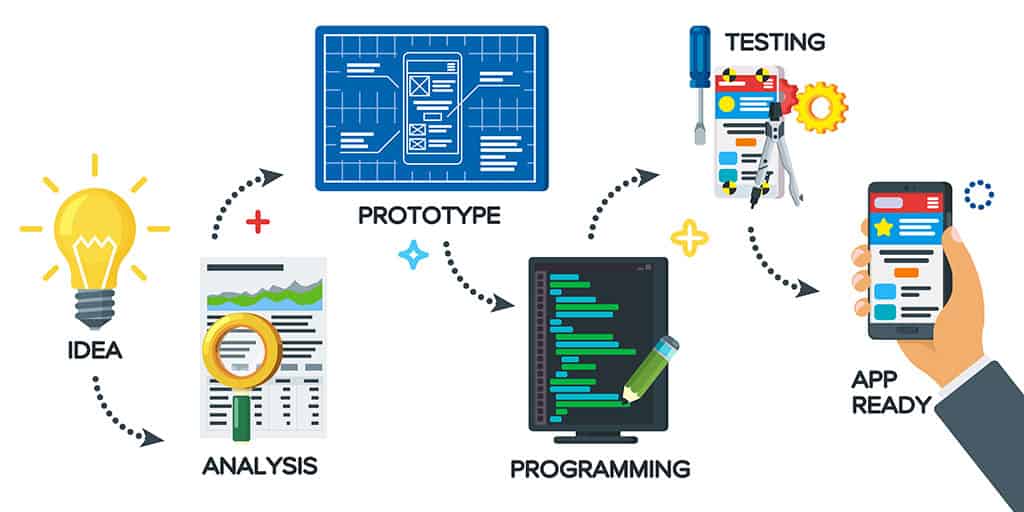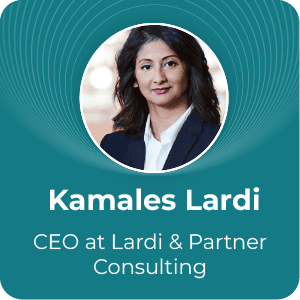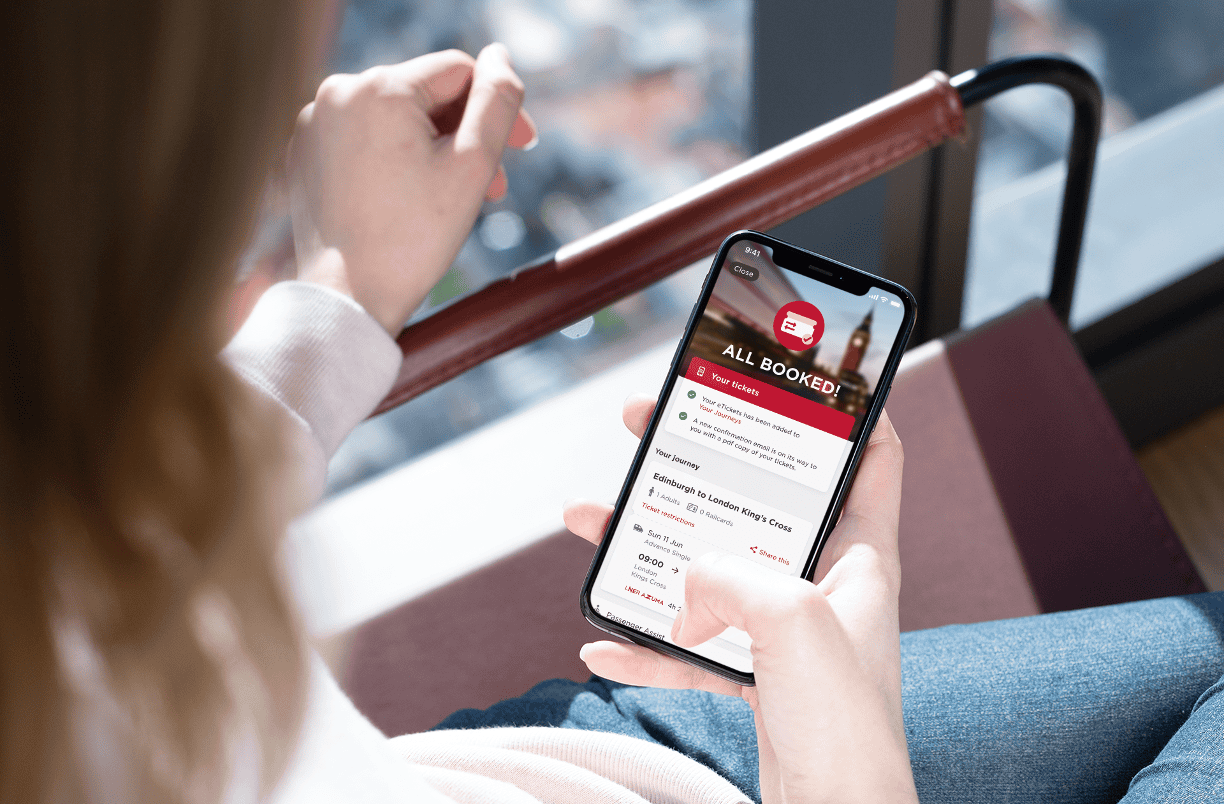
We love it when people come to us looking to turn great ideas into reality, and are always seeking new long-term business relationships, where we help our customers design, build, launch or evolve their products and services. Innovation-stage projects can also be some of the most rewarding to work on.
The reality is that many who approach us aren’t yet at a point in their journeys where they need a full-service design and development agency, or even a contract developer. As a full-service agency, Softwire has a team that includes business analysts, user researchers, designers, developers, and support engineers, which can help you through your full product lifecycle.
If you’re operating on a very limited budget, it’s often beneficial for you to lay some foundations yourself, before bringing in a development partner. Even if what you produce needs refining later, it will still help save you time and money in the future, leaving more of your budget to be spent on the detailed design and development work, for which you may not have the skills in-house.
We’ve set out the process you should be looking to go through below, so that when the time comes to bring in support, you get the most value from your chosen partner, and maximise the probability of your digital product or service fulfilling its aims. If you have room in your budget, Softwire can help you at any stage of this process.
1. Set out your vision
Have you written your elevator pitch, which succinctly answers:
- What problem are you looking to solve?
- Who are you solving it for?
- Why is your proposed product or service better than what’s currently available?
Make sure you have these answers, and that your elevator pitch makes sense to others.
2. Prepare your business case
Before you spend time and money building anything, you need to be as sure as you can that your product or service will meet your high-level goals. This means writing a business case. At this stage, this doesn’t need to be comprehensive, but you need to know your idea makes commercial sense before you invest your time and energy.
This should go into more detail on the questions above, and include any input and feedback you’ve gathered from target customers, to gauge the level of demand.
It should also set out how your business model will work. How many potential users are there, and how will you reach them? Where will your revenue come from? At what point will you become profitable?
Make sure you critically test all the assumptions you base your business case on, and get your forecasts sense-checked.
3. Write your functional specification
The functional specification goes into the detail of how you’ll achieve your vision. It sets out what your product or service will do, from the user’s perspective. The aim is to help developers understand what they’re building, and why.
A common way to write specifications comprises a series of user stories, which take the format: “As a <user type>, I can <do an action>.” For example, “As a homeowner or tenant, I can receive alerts on my phone when someone rings my doorbell.” You should write a user story for all key functionality of your system.
Your specification might also set out what you envisage the finished product looking like – what are the key screens, and what can you do from each one? Simple sketches are fine at this stage, as they can be refined later on.
Importantly, if your budget is limited, or you need to get your product to market, or to showcase to investors, as quickly as possible, have you prioritised the order in which you need the functionality? Which elements are required for your ‘minimum viable product’?
4. How bespoke do you need to go?
Now you’ve set out more details about the product, service or capability you’re looking to build, have you assessed how far down the bespoke development route you actually need to go? Re-using products, platforms and components that already exist – and only building bespoke where there are gaps to fill – will nearly always reduce your costs, risks and time-to-market.
Is there a white-label product that provides the functionality you’re looking to offer, and which you can brand up and use as the basis of your service? There are plenty of these in the financial space, for example.
Equally, even if the product or service you’re planning is truly unique, there are likely to be opportunities to use off-the-shelf components for parts of it, such as your authentication system, or your payment platform.
5. Understand the typical innovation cycle
To turn your big idea into a product or service you can launch, we advocate following a rapid, iterative innovation cycle. This should start with proofs of concept (POCs), to establish both the technical and commercial viability of your idea and its component parts.
The next step should involve prototyping, to test and validate your designs with real users before you commit resources to developing the actual product.
After this, you may wish to run a pilot, before launching your minimum viable product (MVP).
The insights articles linked to above go into more depth about the purpose of each stage, and the typical steps involved. You may already have gone through some of these when you were building your business case. Understanding where you are in the process can help inform your decision around the type of development support you need.
6. Choose the right development partner
Once you get to this point, you’re in a good position to decide what kind of development partner is best for you today.
The key factors to think about include:
- Where you are on your journey (e.g. do you need someone to build a quick POC to test whether two technologies will work together, or are you after someone to develop a production-grade product?)
- How mission-critical the software will be for your organisation
- The complexity of what you’re looking to build
- The degree of ongoing maintenance your software will require
- Your growth plans
Individual contractors
The lowest-cost option will typically be individual contractors. This is a good approach where it’s a relatively small amount of code, and won’t be business-important or business-critical. It can also be a cost-effective way to build POCs, or to get your initial idea to a point where you can launch, or demonstrate to investors.
That said, there’s likely to come a time when you require a higher level of service and pace than any one individual can provide. It’s important you plan for this, to ensure that as your product or service grows in maturity, size or importance, you have sufficient resources behind it to keep it secure, available and performing. This is why many businesses that start out using individual developers later make the switch into the agency world.
If you do work with an individual contractor, make sure that you have access to all source code and tools from the beginning.
Agencies
Agencies come in different shapes and sizes. Some will be multidisciplinary and technology-agnostic, while others will specialise. This could be in:
- A particular product category (e.g. CRM systems or content management systems)
- A specific service (e.g. web development or mobile app development)
- A technology (e.g. WordPress or embedded systems/IoT)
As well as thinking about your requirements today, consider your future needs, and whether the agency is equipped to meet them, both from a technical standpoint (do they have the skills?) and from a size perspective (are they big enough to support what you’re seeking to do?).
Customers often ask Softwire to help them take their product or service to the next level, because they’ve outgrown their original agency. This is a natural step on the journey of many high-growth businesses. It’s therefore essential you either pick an agency capable of meeting your growth needs, or lay foundations from day one to enable you to move agencies when the time comes. This might include ensuring:
- You own the code
- You own the repositories
- Everything is correctly documented
To help you assess whether a potential agency is the right fit for your project, we’ve set out the questions you should be asking, in our Working with Softwire guide. This ebook also outlines the journey we’ll take you on when you start working with us, including our process to ensure highly accurate cost and timeline estimates, and the delivery approach we typically use.
Wherever you are on your journey, if you’d like to discuss your idea with us further, please get in touch with one of our team today. We’ll explore how we can accelerate your next steps, and ultimately help ensure you realise the vision you’ve set out in your elevator pitch.


